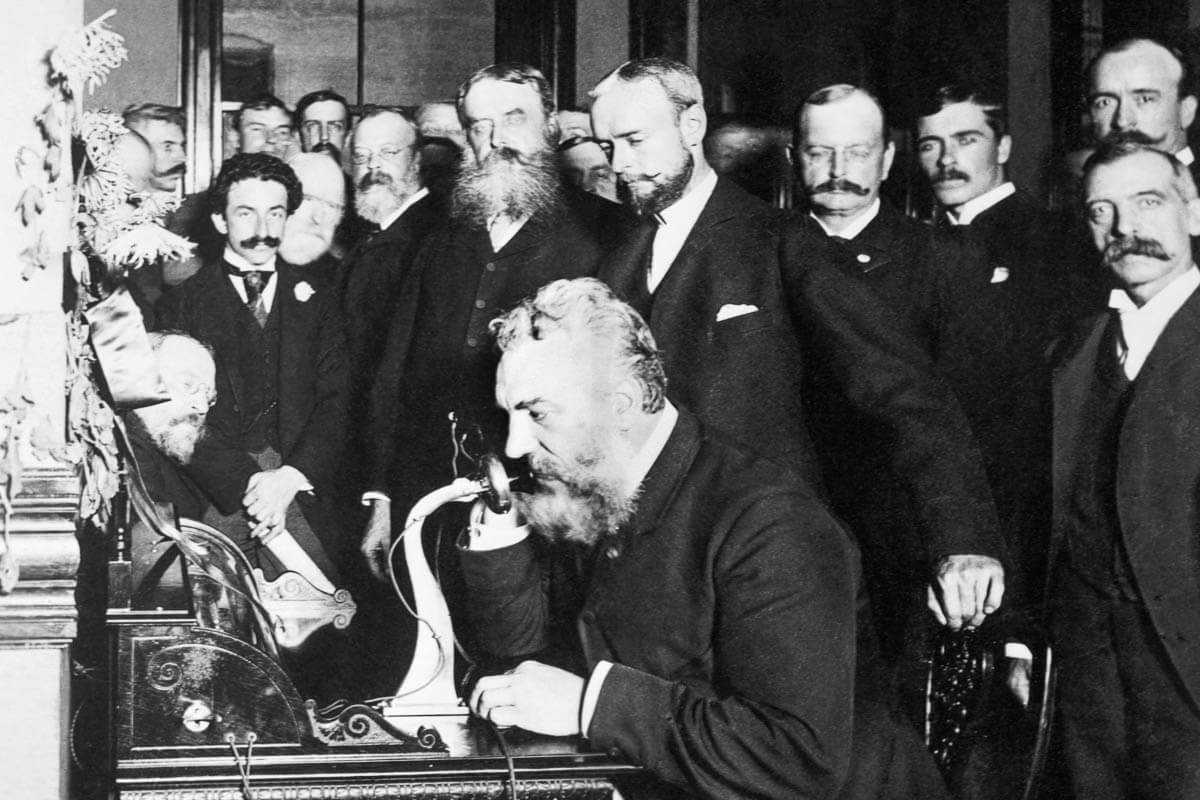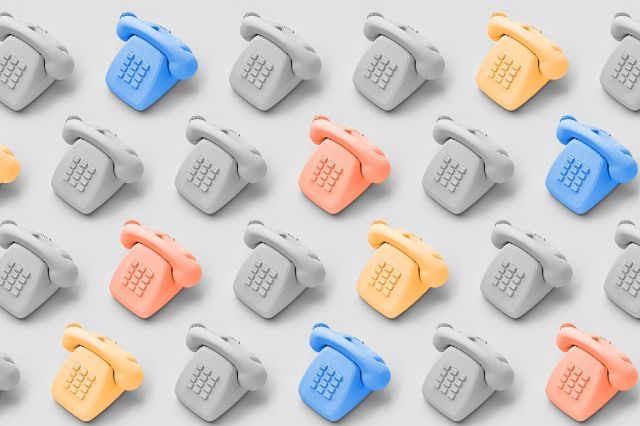
Bell Wasn’t the First To Build a Working Phone
While Alexander Graham Bell is known as the “father of the telephone,” he wasn’t the first to conceive of its existence. Italian-born inventor Antonio Meucci and the German physicist Johann Philipp Reis had both previously fashioned functional sound-transmission devices, and Illinois inventor Elisha Gray submitted a “patent caveat” — a type of preliminary application meant to essentially save one’s space in line — for his version of the phone on the very same day that Bell filed his patent. Gray eventually launched a protracted legal battle for the rights to the patent, but the U.S. Supreme Court ruled in favor of Bell in 1888.

Telephone Numbers Were Once Controversial
Telephone numbers were first used in 1879, after a measles epidemic hit Lowell, Massachusetts, keeping many of the local switchboard operators — on whom the earliest telephone systems depended — out of work. The response was to designate phone subscribers by number, allowing new operators to quickly get up to speed without knowing the hundreds of local subscribers by name, although management initially worried that customers would object to numerical identification as dehumanizing. In the 1960s, after most American communities had adopted an alphanumeric system that included the name of the local exchange, customers did indeed balk at the switch from the alphanumeric system to all-digit phone numbers, with organizations such as the Anti-Digit Dialing League emerging to remind the phone overlords that human beings existed within the sea of numbers.

The First Pay Phone Appeared in the 1880s
A 19th-century Connecticut machinery polisher named William Gray endured a scare when he was unable to access a phone to call a doctor to treat his ailing wife. The good news: His wife recovered, and the experience drove Gray to develop a coin-operated phone that would be available to the public, and not just those who could afford an expensive private subscription service. His first pay phone appeared in a Connecticut bank in 1889, and by 1902, there were approximately 81,000 such contraptions around the country. That number swelled to 2 million by the end of the century, before reversing as cellphone ownership became commonplace — leaving only about 100,000 remaining pay phones to be found by 2018.
More Interesting Reads

A Disgruntled Undertaker Created the Automated Phone Exchange
Around the same time that Gray was tinkering with his pay phone, a Kansas City undertaker named Almon B. Strowger was looking to circumvent the operators he felt were diverting would-be customers to a competing business. The solution was an electromagnetic-powered automated exchange, which earned a patent in 1891 and was up and running in La Porte, Indiana, the following year. Although the operator workforce continued to thrive into the next century, their population began to dwindle with the onset of improved automated technology in the 1930s. By 2021, there were reportedly just 5,000 employees classified as “telephone operators” by the U.S. Bureau of Labor Statistics.

The First Cellphone Call Was Placed in 1973
The first mobile telephone call took place on June 17, 1946, from a car stocked with 80 pounds worth of transmission equipment. However, the handheld cell as we know it can be traced to the work of Motorola executive Martin Cooper, who demonstrated his company’s prototype with a call from a Midtown Manhattan street on April 3, 1973. The first cellphone hit the market 11 years later, in the form of the Motorola DynaTAC 8000X, a 2-pound behemoth that offered customers the chance to talk uninterrupted for 30 minutes (following a 10-hour charge time) for the whopping price of $3,995.

The First Smartphone Was Introduced in 1992
The next major evolutionary step in phone history came with the introduction of IBM’s Simon Personal Communicator in 1992. A cellphone capable of sending and receiving pages, faxes, and emails, it was the world’s first smartphone, even if the term hadn’t been coined yet. As with many technological trailblazers, Simon was oversized, expensive, and short-lived. Following the phone’s commercial release in August 1994, IBM sold only about 50,000 units before discontinuing the product early the following year. But there was no going back on the idea, and by early 2023, there were more than 6 billion smartphone subscribers around the world.












